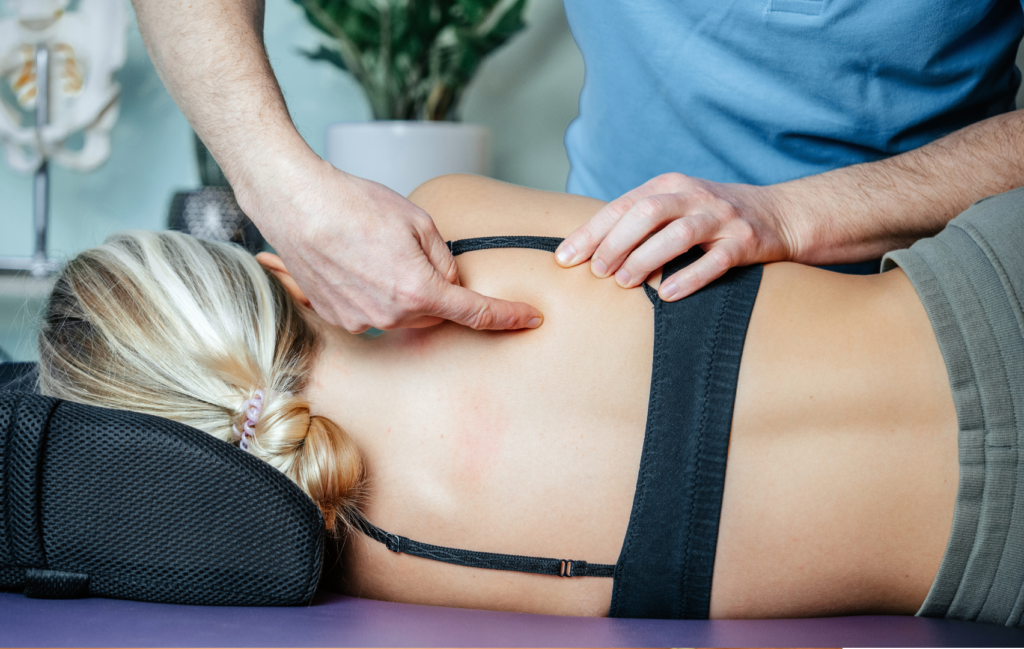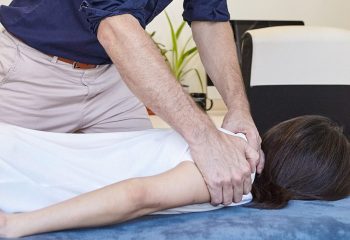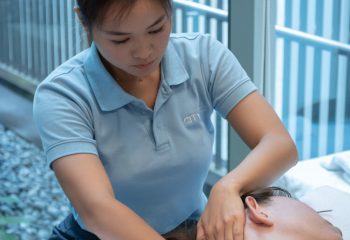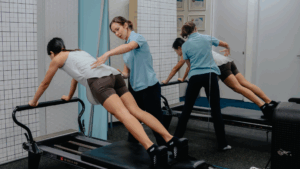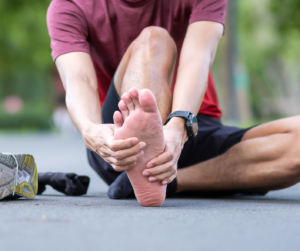What is myofascial release and how can it help relieve tension and pain in the muscles
People have been using myofascial release for centuries to help relieve tension and pain in their muscles. This is a technique that can be done by using a foam roller, tennis ball or your own hands, but in some cases, it may require professional intervention. By using gentle pressure on the affected muscle, you can help break up any knots or tension that has built up over time. Myofascial release is a great way to help keep your muscles healthy and free from pain!
The benefits of myofascial release
Myofascial release is a great way to help keep your muscles healthy and free from pain. But what are some of the specific benefits of myofascial release?
Here are just a few:
- Myofascial release can help relieve tension and pain in the muscles.
- It can help break up knots or tension that has built up over time.
- It is a great way to keep your muscles healthy and free from pain.
- Myofascial release improves circulation and helps to bring fresh, oxygenated blood to the muscles.
- It can help to improve range of motion and flexibility.
- It can reduce inflammation and swelling.
- It can help to speed up the healing process.
- Myofascial release is a great way to prevent injuries.
Myofascial release is not only effective in corrective or restorative care, it is crucial for preventive care as well. Osteopaths often recommend myofascial release as a great way to prevent injuries. This is especially important if you are an athlete or lead an active lifestyle that causes you to be prone to injury.
Can I perform myofascial release on your own?
Now that you know some of the benefits of myofascial release, you may be wondering how to do it. There are many different ways that you can do myofascial release. You can use a foam roller, tennis ball, or your own hands.
Here are some tips on how to do myofascial release with a foam roller or tennis ball:
- Start by lying on the ground with the foam roller or tennis ball under your upper back.
- Gently roll up and down your back, stopping to apply more pressure to any knots or tight areas.
- Roll for 1-2 minutes and then move on to another area.
- Here are some tips on how to do myofascial release with your own hands:
- Start by gently massaging the affected muscle with your fingertips, using a circular motion.
- Apply more pressure to any knots or tight areas.
- Massage for 1-2 minutes and then move on to another area.
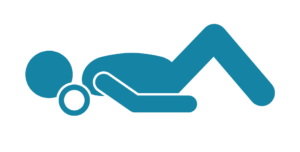
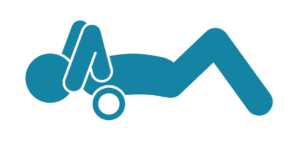

Myofascial release is a great way to help relieve tension and pain in your muscles. However, in some cases, performing myofascial release on yourself may be ineffective due to the area of tension or use of incorrect techniques.
Should I see an osteopath for myofascial release?

If you are experiencing chronic pain or tension in your muscles, it is best to see a osteopath for myofascial release. An osteopath will be able to assess your specific situation and provide guidance on how to perform myofascial release effectively.
An osteopath will be able to teach you how to properly perform myofascial release on yourself. They will help you identify any knots or tension in the muscles and show you how to apply pressure to these areas to break them up. They may also recommend certain exercises or stretches that can help improve flexibility and range of motion.
Seeing an osteopath for chronic pains or tensions will allow you to have the most effective and smooth healing journey, as opposed to figuring it out on your own and potentially using incorrect techniques that may worsen your situation.
FAQs about myofascial release
Myofascial release vs deep tissue massage
What are is the difference between Myofascial release vs deep tissue massage?
Myofascial release is a type of massage that is used to release myofascial tissue, which is the connective tissue that surrounds the muscles. Deep tissue massage is a type of massage that is used to reach the deeper layers of muscle tissue.
While both myofascial release and deep tissue massage can be effective in relieving pain and tension, myofascial release is a gentler form of massage. Deep tissue massage may be more effective for treating chronic pain or tension that is located deep within the muscles.
How often should I do myofascial release?
There is no definitive answer to how often you should do myofascial release. It depends on your individual needs and situation. If you are experiencing chronic pain or tension, it is best to see an osteopath who can assess your specific situation and provide guidance on how often to do myofascial release.
In general, performing myofascial release 2-3 times per week is a good starting point. You can gradually increase the frequency as needed.
Is myofascial release painful?
Myofascial release should not be painful. If you experience pain during myofascial release, it is best to see an osteopath who can assess your situation and provide guidance on how to properly perform myofascial release.
Myofascial release should only cause minimal discomfort. If you feel pain, it may be an indication that you are using too much pressure or that you have a more serious condition that requires medical attention.
Myofascial release – the effective pain relief
So… are you ready to try myofascial release? This technique is a great way to help relieve tension and pain in the muscles. By using gentle pressure on the affected muscle, you can help break up any knots or tension that has built up over time. Myofascial release is a great way to keep your muscles healthy and free from pain!
If you’re experiencing muscle pain, we recommend booking a consultation with our experienced osteopaths. We can help assess the issue and provide therapy that will get you moving better & feeling better fast.

